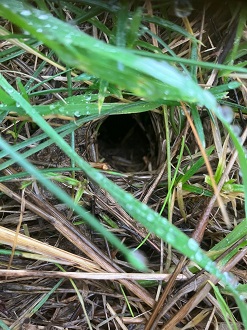Living Planet
Nature · Earth · ClimateNature Notes: February 2023
WHATEVER THE WEATHER
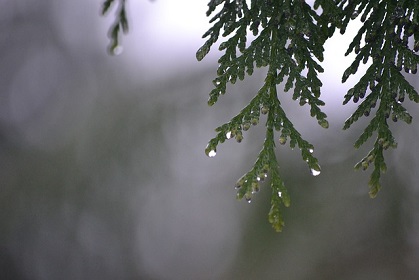
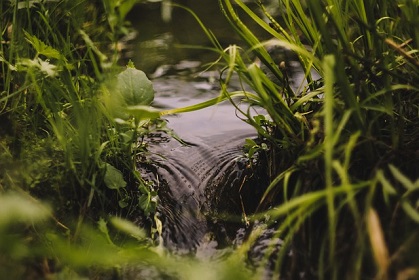
Calm and hope at the start of our new year could be found in the moments of stillness between the wind and rain showers; that pause when the slow, steady, glistening drip from the trees quietened to a restful, regular heartbeat and the excited gush of water eased to a serene swirl. A bubbling chink of gurgles, echoed the gladdened chirrups of ruffled birds as the mainly muted pastels of our countryside, dotted with the fresh white of emerging snowdrops, were momentarily brightened by species like Common Greenshield Lichen. Ordinarily pale when dry, it was transformed into masses of vibrant yellow greens.
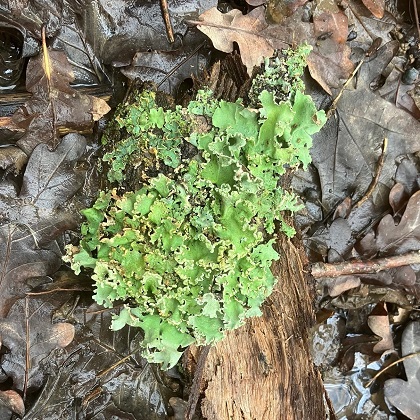
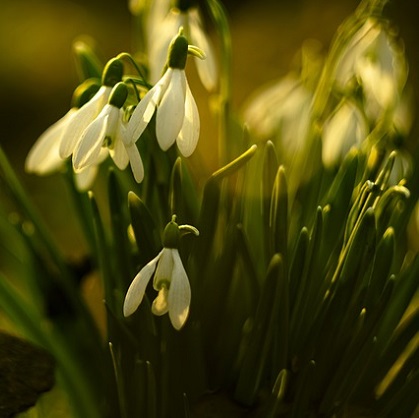
But the repeated blustery rainsqualls bringing further deluges of dull, warm rain, continued to cut off many of our usual village walking routes. Our fields surrounding the Arun from Theale through to Dedisham, became regular floodplains as already swollen rivers and saturated soils saw more water regularly sweeping over bridges and footpaths than Slinfold has ever seen before. Gleaming, still, pools and lakes left in the fields reflected the paler palette of January skies and contrasting dark, stark nearby trees. In the mornings ethereal mists hung suspended above them, and ghost-like herons glided within, scouring beady eyes for any life left by their flowing and ebbing tides.
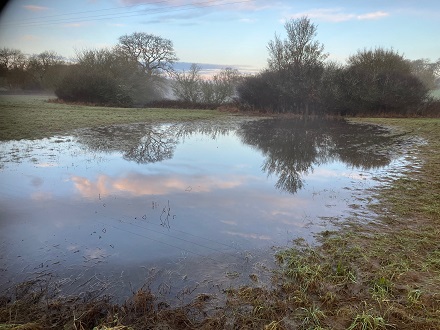
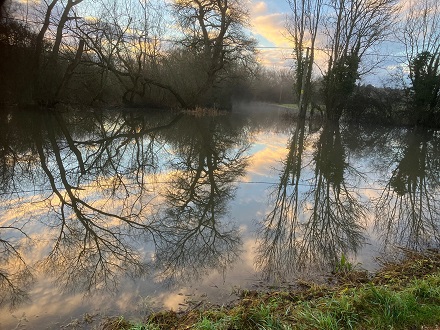
The impact of our changing climate is becoming more evident. Last year our planets oceans were the hottest ever recorded, leading to more extreme weather and moisture in the air which brought intense rains and flooding worldwide. Whilst the unseasonable mildness, combined with windy weather led to a new UK record of 87.2% carbon zero electricity generation, on Friday 30th December 2022, on the same day due to rapidly melting sea ice, another 'resting' walrus appeared, this time in Scarborough. As countries all around Europe recorded lack of snow and early January temperatures at an all-time high, I wondered how this will affect other creatures feeding, breeding and migration patterns. Will we be seeing less of our usual bird and butterfly visitors in and around the village in the weeks and months to come, or instead welcoming new species? Worryingly the International Union for Conservation in Nature have listed over 11,000 animals, fungi and plants at risk of climate change and severe weather on their IUCN Red List of Threatened Species, across every region of the world.
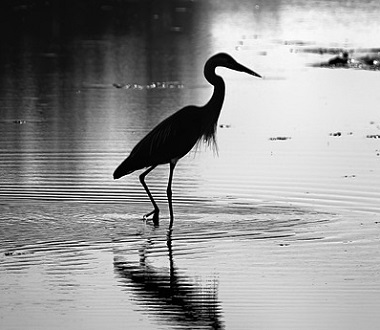
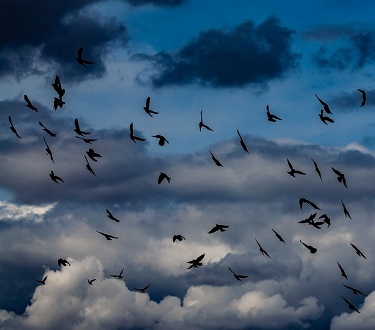
Usually spring migration, based on 'normal' seasonal conditions, encourages birds to arrive at their breeding grounds so that their chicks hatch when food is most plentiful, but this is becoming increasingly out of kilter. However, thankfully their 'maps' seem to be reliably constant - Earth's magnetic field, the position of the sun and moon and, in some avian nocturnal migrants, the patterns of stars. You may have seen the amazing Quadrantid meteor shower that peaked overhead on the nights of 3rd-4th January with reportedly around 100 meteors per hour, but this years' Full (Wolf) Moon was particularly noticeable on 6th January above the village, and for several nights preceding and following. It lit my path across open fields and tenderly stroked the back of one of my favourite majestic oaks from the west, bathing it in a softening milky spotlight, whilst the eastern side of the tree glowed soft gold with the furnace-red streak of dawn and brightening sunrise. There were no foxes howling as the sky gradually lightened and the moon began to pale, but a Tawny owl hooted from the woods at the top of the hill. As I descended the other side, I heard the familiar dawn chorus of corvids as they began to rise from their slumbering colony in the distance, before murmurating as they swept northwest. Sometimes I'm lucky enough to be in the field, when they pass directly overhead. I find it rousing and life affirming and love being under them as, unconcerned by my presence, they freely dance, swirl, loudly chatter and race above!
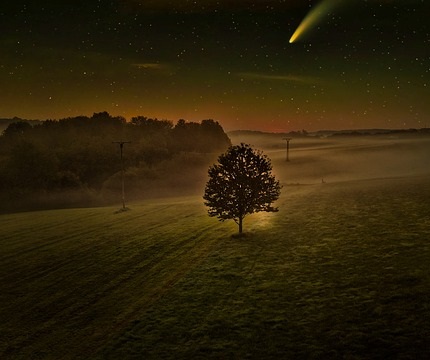

One morning, I stumbled across a clump of translucent, gelatinous 'Star Jelly'. Whilst I did momentarily wonder if folklore was true and it had indeed arrived from a meteor a few days before, I recognised that it's much more likely to have been regurgitated, unfertilised frogspawn. This spawn, known as 'glyco-protein' is stored in the female amphibians' body, but if it's attacked by a predator (e.g. heron, magpie, crow, pheasant), the birds often vomit that part up. Due to unseasonably mild weather amphibians 'toad patrols' up and down the country have been recording movement since the first week of the new year with one sighting 8 travelling newts on one evening! The timing of frogs, toads (and newts) return to their ancient breeding ponds is dependent on the outside temperature and their survival throughout the winter. I hope that over the next couple of months they avoid all predators (especially humans in cars/tyre squidges) whilst completing their journeys and further cold snaps. Research has shown that large spawning events of common frogs and toads are more frequent around the full moon so please be particularly careful around February 5th (Snow moon) and also the Worm Moon on 7th March 2023. Amphibians are on average, the world's most threatened animal group, on the afore-mentioned IUCN Red List and thus need looking after - if you'd like to volunteer to help then Google 'Froglife: How to become a Toad Patroller'.
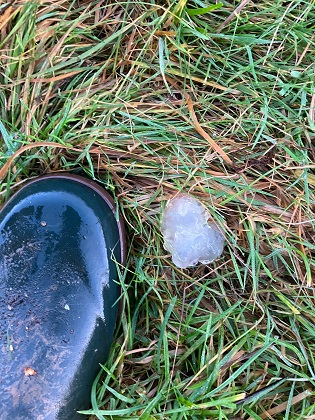
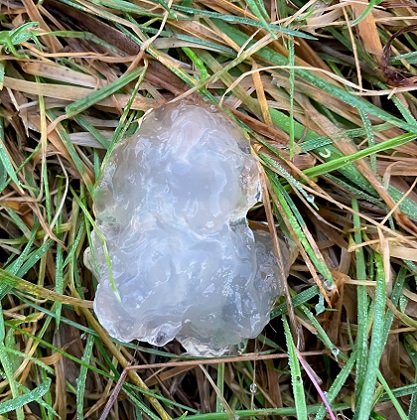
I always look forward to the bustle of activity in February - of fever and fervour, of love and breeding, of bulbs and blossoms, of flowers and birdsong, and whilst its now more difficult to know what to predict, as I write and a cold spell is forecast, I've already seen evidence of early nest building and freshly dug holes. You might like to consider taking part in #National Nest-box Week from 14th February 2023, knowing that not only will a new nest-box be appreciated by birds all year round, but watching their activity should also captivate and entrance you at the same time. Whatever the weather, wishing you all the enchantment of nature, an abundance of love and perhaps even shooting stars, this Valentine's Day and always!
